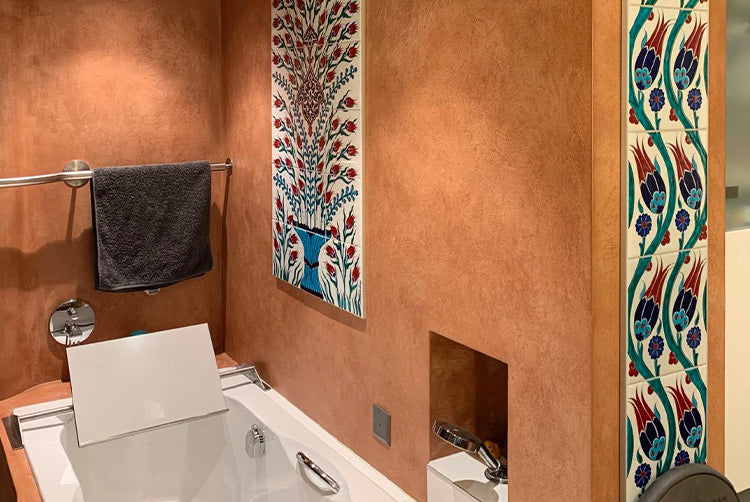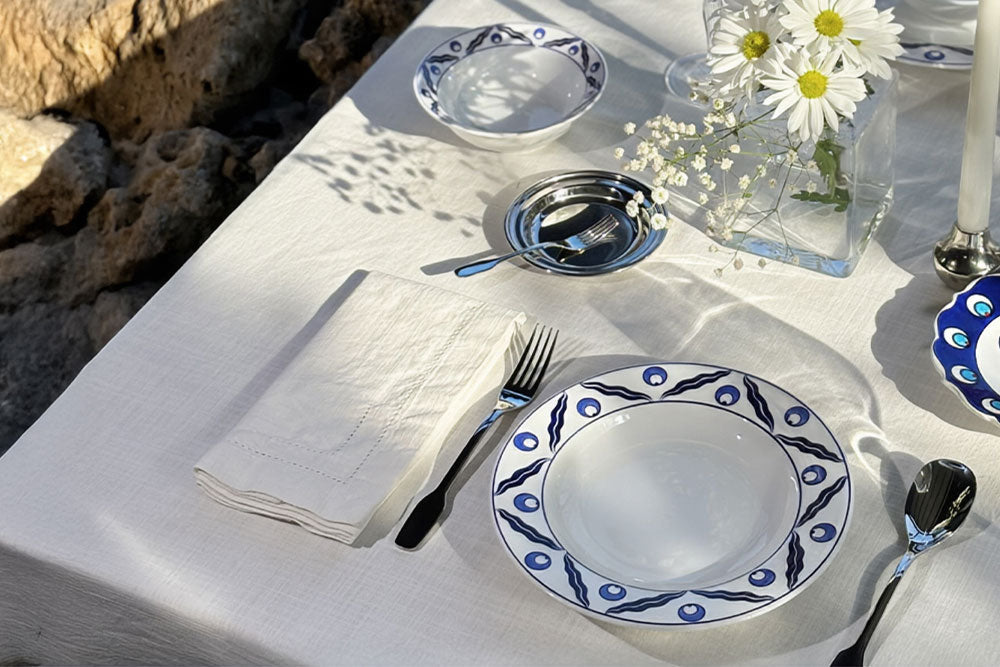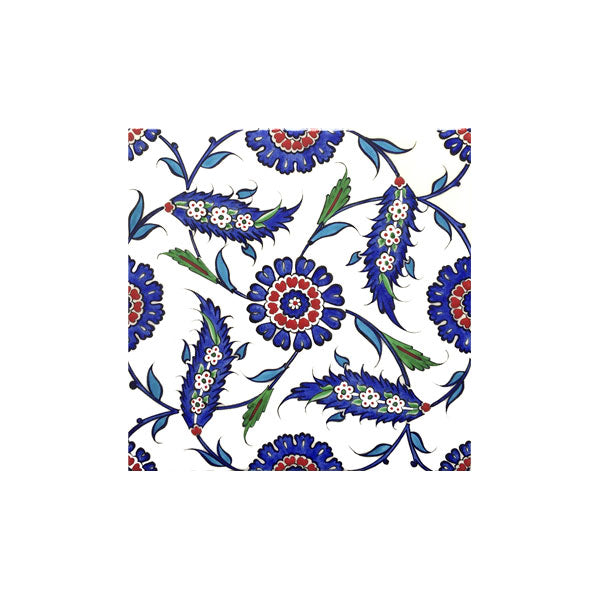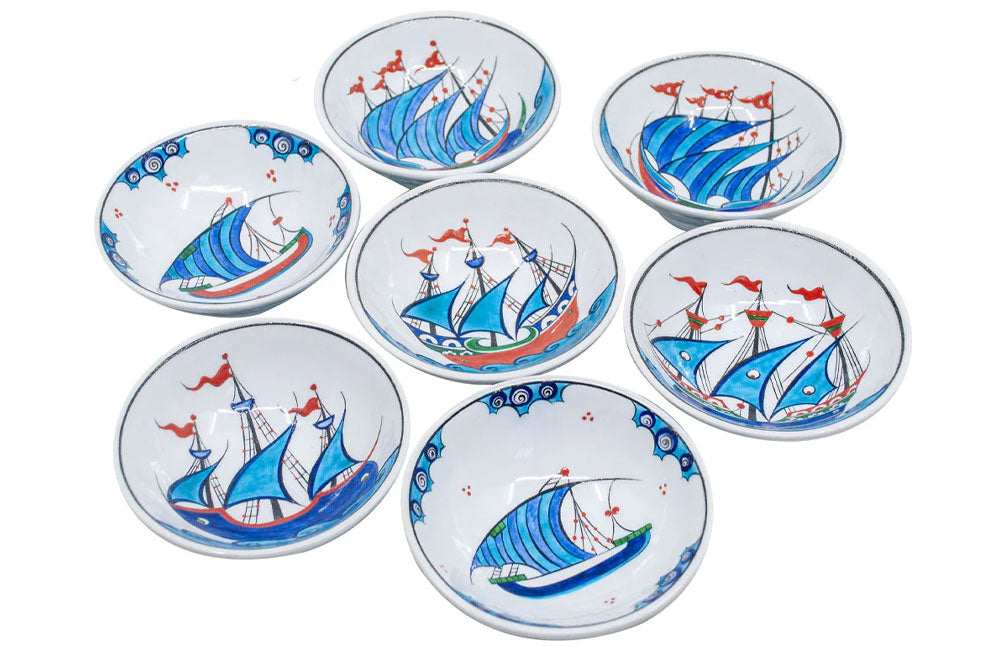Welcome to Iznik tile world
Welcome to Iznik tile world
Collecting Iznik Pottery and Tiles
September 28, 2017 2 min read

From the beginning of the sixteenth century, the craftsmen of Iznik had produced tiles in a scattered and still very limited scale. The tiles of Sehzade Mahmud Türbesi (about 1506) are very close to the style of Baba Nakkas ceramic products and this is an example that proves this output. In the second half of the sixth century, commissions for six glazed tiles came to İznik workshops when they arrived and their designs and color schemes developed according to ceramic vessels. While some of the repertoires stood firmly in the tradition of architectural stonework with "template style" motifs, the characteristic items of the reed and sukufe records found on the ships were also proved.
The red was first seen in the wooden decoration of Süleymaniye (completed in 1559) and suggests a criterion for encountering these color-bearing ships. Rustem Pasha Mosque (about 1561), Sokollu Mehmed Pasha Mosque (1572), Roxelane (1558), and Roxasian Mosque (1558) were the first of its kind in the world. The Süleyman Monastery (1566) or Selim II (1572).These ceramic designs, like the Ottoman architectural style that proves themselves in these rural towns, are the echoes of the evolution of forms and tastes that have spread all the way from the capital of the empire. The artisans of Iznik would perform the ornaments of Antalya, Aleppo or Diyarbakır monuments locally. The color palette properties of Iznik products are repeated here, but there are slight differences: less rigorous symmetry, a more irregular grid, standards in different sizes and a lesser quality glaze.
Although it was influenced by the decorative repertoire of Iznik tiles in the city of Damascus, a more original production appeared shortly after the renovation of the Dome of the Rock. Some of the artisans who worked on the restoration of this prestigious monument could go to settle in Damascus; In Damascus, where religious foundations built in this city were built by Sultan Suleiman the Magnificent or by high-ranking Ottoman nobles. One of the first structures, Kanuni Sultan Süleyman Mosque was built in 1550-54. Inspired by the Istanbul works for the first time, tilework emerged only on a palette of colors that later stamped on Damasken production: turquoise blue, chrome green, and aubergine cups. From the 1540s and 1550s, the vase color palette of İznik products - a color scheme already found in the Mamluk period. However, the tradesmen of Damascus continued to taste the designs drawn under the turquoise mine - the heritage from the medieval past, specially adapted to the Ottoman decorative repertoire. The production of local tiles known in Damascus, with the qishani term deriving from the name of the Iranian city of Kasan, seems to have lasted since the Mamluk period. The stone broom was also made according to the medieval period and the glazes were predominantly alkali and crackling.Also in News

Iznik Bathroom Tiles: Combining Traditional Art with Modern Bathroom Design
December 09, 2025 1 min read

Rediscovering Timeless Beauty: Handcrafted Iznik Ceramic Dinnerware for the Modern Table
April 08, 2025 2 min read

Thank you for being here!
Join us to discover the latest in Iznik tiles, enjoy special offers, and celebrate the beauty of Turkish artistry together.

